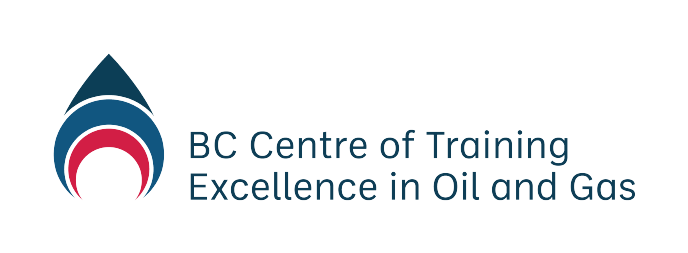-
Module 2.0 How to be Successful in this Course
-
Module 2.1 Introduction to Natural Gas
-
Module 2.2 The Natural Gas Industry in British Columbia
- Overview
- Learning Outcomes
- Natural Gas Science – The Simple Version
- Natural Gas Science – Chemistry
- Natural Gas Science – Physics
- Natural Gas Science – Units of Measurement
- Natural Gas Science – Geology
- Natural Gas Resources and Uses
- Oversight of the Natural Gas Industry
- Understanding Land Rights and Natural Gas
- Energy and the Future
-
Module 2.3 Upstream – Well Site Selection, Preparation and Drilling, Completion, Production, Water Recycling, and Reclamation
- Learning Outcomes
- The Upstream Sector – Extraction and Processing
- The Upstream Sector – Exploration and Site Selection
- The Upstream Sector – Preparation and Drilling
- The Upstream Sector – Completion
- The Upstream Sector – Production
- The Upstream Sector – Water Recycling
- The Upstream Sector – Reclamation
- Upstream Companies and Jobs in British Columbia – Companies
- Upstream Companies and Jobs in British Columbia – Industry Associations
- Upstream Companies and Jobs in British Columbia – Professional Associations
- New Vocabulary
-
Module 2.4 Midstream – Transportation, Processing, Refining
- Learning Outcomes
- The Midstream Sector
- The Midstream Sector – Processing Natural Gas
- The Midstream Sector – Liquefied Natural Gas
- The Midstream Sector – An Emerging Industry
- The Midstream Sector – Processing LNG
- The Midstream Sector – Proposed LNG Projects in British Columbia
- Transportation
- Midstream Companies and Jobs in British Columbia
-
Module 2.5 Downstream – Refining and Markets
-
Module 2.6 Health and Wellness in the Natural Gas Industry
-
Module 2.7 Safety
-
Module 2.8 Terminology and Communication
-
Module 2.9 Jobs and Careers
- Learning Outcomes
- Industry Outlook
- Technology is Changing Workforce and Skills
- Employment in the Natural Gas Industry
- Employment in the Natural Gas Industry – Types of Employment
- Employment in the Natural Gas Industry – Range of Jobs
- Employment in the Natural Gas Industry – High Demand Jobs and Occupations
- Occupational Education and Training
-
Module 3.0 How to be a Valued Employee
-
Module 3.1 Identifying Interests and Skills
-
Module 3.2 Looking for Employment in Natural Gas
-
Module 3.3 Applying for Employment in Natural Gas
LNG is natural gas that has been condensed (cooled) and liquefied. This is done to make the transport and storage easier. Natural gas in its liquefied state takes up a volume of about 1/600th that of natural gas in its regular gaseous state. It is much more efficient to transport and store natural gas in its liquid form, particularly when it needs to travel over areas without pipelines.
LNG plants receive upstream treated natural gas delivered through midstream sector pipelines, which they then cool and liquefy. To accomplish the liquefaction process, the natural gas must be exposed to very cold temperatures, typically about −162 °C (-260 °F). It must also be stored in specially designed and built cryogenic tanks.
Once the gas has been liquefied, it is transported in special refrigerated ships to other countries.
When it reaches its destination, the liquefied gas is off-loaded, converted back to vapour form (vaporized) and then distributed to various markets.

Video 4: Liquefied Natural Gas (LNG) Value Chain
(04 minutes, 13 seconds)
![]()
Active LNG Facilities in British Columbia
There are currently two LNG facilities operating in British Columbia. Both are owned and operated by FORTISBC. One facility is located near metropolitan Vancouver on Tilbury Island in Delta, BC near FortisBC’s transmission pipeline system. This plant has been operating since 1971 and is undergoing an expansion.1

The other operation is located approximately six km northwest of Ladysmith, BC on Vancouver Island, and has been operating since 2011. The 20-hectare Mt. Hayes facility, supplied by FortisBC’s existing pipeline systems, holds 1.5 billion cubic feet of liquefied natural gas. In 2012 FortisBC partnered with the Stz’uminus (Chemainus) First Nation and Cowichan tribes on this project. Each Nation invested 5.7 million, creating jobs and economic opportunities in their communities. As a result, the region received $70 million in investment, which included sourcing local suppliers for goods and services, direct local employment during construction and 12 full-time operations jobs at the facility.
